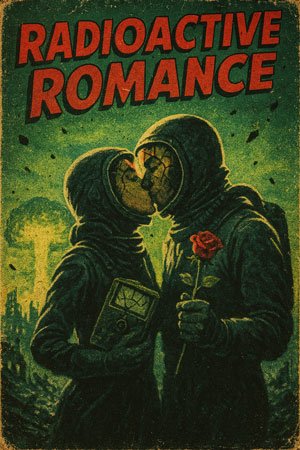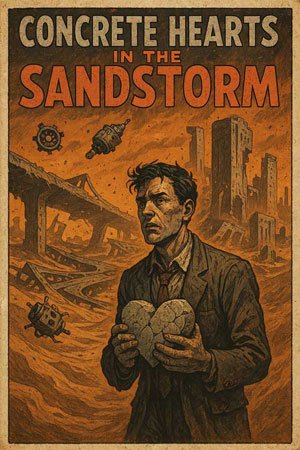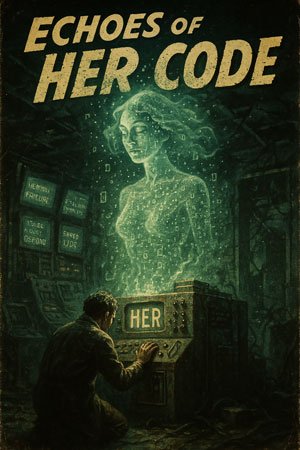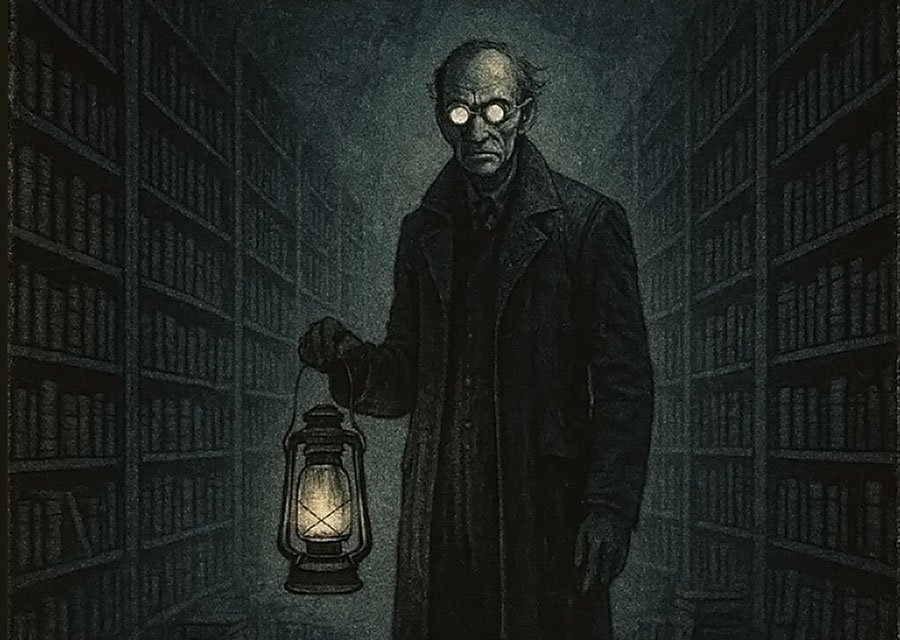1950s sci-fi art captures a moment in time when imagination ran wild with visions of interstellar travel, androids, and parallel dimensions. For decades, this vintage style defined the visual language of speculative fiction. But in a market overflowing with recycled visuals and uninspired reinterpretations, this collection emerges with a fresh purpose. Rather than replicate the past, it seeks to reconstruct it.
With a scarcity of original artwork in this style available today, this is a rare opportunity for lovers of classic science fiction to collect brand-new, never-before-seen graphic pieces inspired by the golden age of the genre and the giants who shaped it.
A Retro-Futurist Aesthetic with a New Soul
Brimming with radiant colors, exaggerated anatomy, and bold compositions, these pieces don’t just echo old comic book covers—they reimagine them. The shapes, tones, and framing devices are all hallmarks of 1950s sci-fi art, yet each work tells an unfamiliar story. You’ll find alien dramas, psychological encounters with the unknown, and reworked pulp visuals that dive into themes of control, freedom, and identity.
The goal is not nostalgia for its own sake, but a creative reawakening. What if the visual codes of 1950s science fiction had evolved along a different timeline?
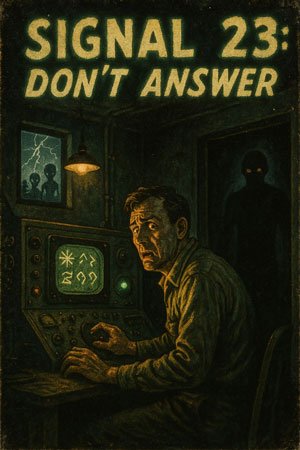
A Personal Exploration Through Retro Sci-Fi
The artist behind the collection doesn’t shy away from the influence of classic genre motifs, but neither does he rely on them. Instead, the process unfolds as a dialogue with the past—a personal journey that treats these graphic works as both tribute and subversion.
These aren’t copies of covers you’ve seen before; they’re reinterpretations with their own rules, logic, and visual rhythm. Every line, shadow, and typographic gesture is carefully constructed to serve the reinvention of a style, not its repetition.
Why the 1950s Matter Today
In the age of artificial intelligence and digital overproduction, returning to the 1950s sci-fi art language feels almost revolutionary. Back then, artists hand-painted their visions of the future with sincerity and unpolished ambition. It is precisely this imperfection, this analog charm, that the modern world is missing.
This collection seeks to recover that lost energy, to transform it through a contemporary lens without losing its raw power. Each piece invites the viewer to imagine again, to dream in primary colors and stardust.
The Core Themes of 1950s Sci-Fi Art
1. The Atomic Age Aesthetic
The art from this period often featured glowing cities, sleek rockets, and shimmering space suits. This collection captured the spirit of the atomic age—when everything seemed possible and terrifying at once.
2. Futuristic Androids and Galactic Drama
Robots with human emotions, AI-driven conflicts, and futuristic romances were all common. Our collection dives into this with pieces like Futuristic Android Drama, evoking the cinematic flair of mid-century pulp stories.
3. Pulp Magazine Legacy
Bright colors, dramatic compositions, and exaggerated gestures are hallmarks of pulp. The 1950s sci-fi art style owes much to these illustrated tales of cosmic peril and impossible heroism.
The Artistic Process: Digital Meets Analog Nostalgia
All artworks are digitally created but textured with analog sensibility—grainy gradients, halftones, and aged-paper overlays. This hybrid approach ensures print-ready quality for collectors while preserving the look and feel of aged pulp magazines.
Using a high-resolution workflow and large-format compositions, these pieces adapt beautifully to fine art prints, posters, and apparel, bringing vintage flair to modern spaces.
Collecting Sci-Fi Art Today
Why It Still Matters
Even in our digital age, fans of retro-futurism are rediscovering the magic of this genre. Whether you’re decorating your home office or looking for a unique gift, 1950s sci-fi art prints make bold and nostalgic statements.
Modern Interpretations
Contemporary artists are reviving this style with a modern twist. Our collection reimagines those dramatic visuals—complete with textured finishes and vibrant palettes—while preserving the charm and weirdness of vintage sci-fi.
Explore Our Curated Collection of Sci-Fi Art
We’ve launched a special series of artworks that pay homage to the classic aesthetics of this era. Each piece is printed on high-quality materials and available in various formats—including unframed and framed editions.
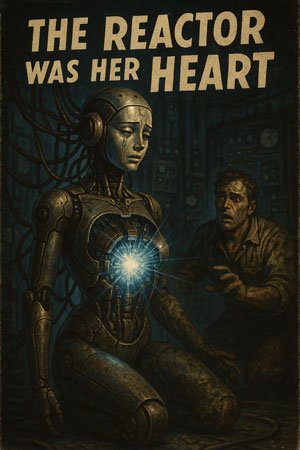
From cosmic femme fatales to android tension and alien dreamscapes, these designs are made for lovers of retro culture, space fantasies, and design with attitude.
👉 Visit the 1950s Sci-Fi Art Collection now and dive into a world of lasers, love, and lunar danger.
The Enduring Power of Retro-Futurism
In a world flooded with ultra-polished digital images, 1950s sci-fi art reminds us of the raw imagination that defined an era. It doesn’t predict the future—it creates one. And sometimes, that future wears chrome helmets and speaks in radio waves.
Timeless Legends: From Classic Sci-Fi to a Reimagined Visual Language
While the aesthetics of 1950s sci-fi art serve as the foundational inspiration for this collection, its thematic reach extends far beyond that golden decade. Drawing from the imagination of visionaries such as Frank Herbert, Douglas Adams, J.G. Ballard, Alfred Bester—and even borrowing echoes from the realms of classic horror—these artworks explore a larger constellation of speculative fiction.
Each piece aims not to mimic but to reinterpret, blending visual nostalgia with the deeper narratives of later science fiction.
In this creative process, the artist does not simply revive the old; instead, he uses the familiar visual cues of retro sci-fi—glowing planets, chrome-plated androids, mysterious portals—to explore postmodern themes of isolation, technology, utopia, and dystopia. There’s an underlying ambition: to reinvent the illustration of science fiction as a genre and to search for a distinctive voice that honors the raw spirit of early space-age art while speaking in the complex tones of contemporary thought.
This synthesis of past and future offers a unique visual dialect. The aim is clear—to build a personal mythology within the genre, one that nods respectfully to the pulp covers of the 1950s while daring to envision futures that even the classics never dreamed.
WATCH OUT FOR NEW POST
